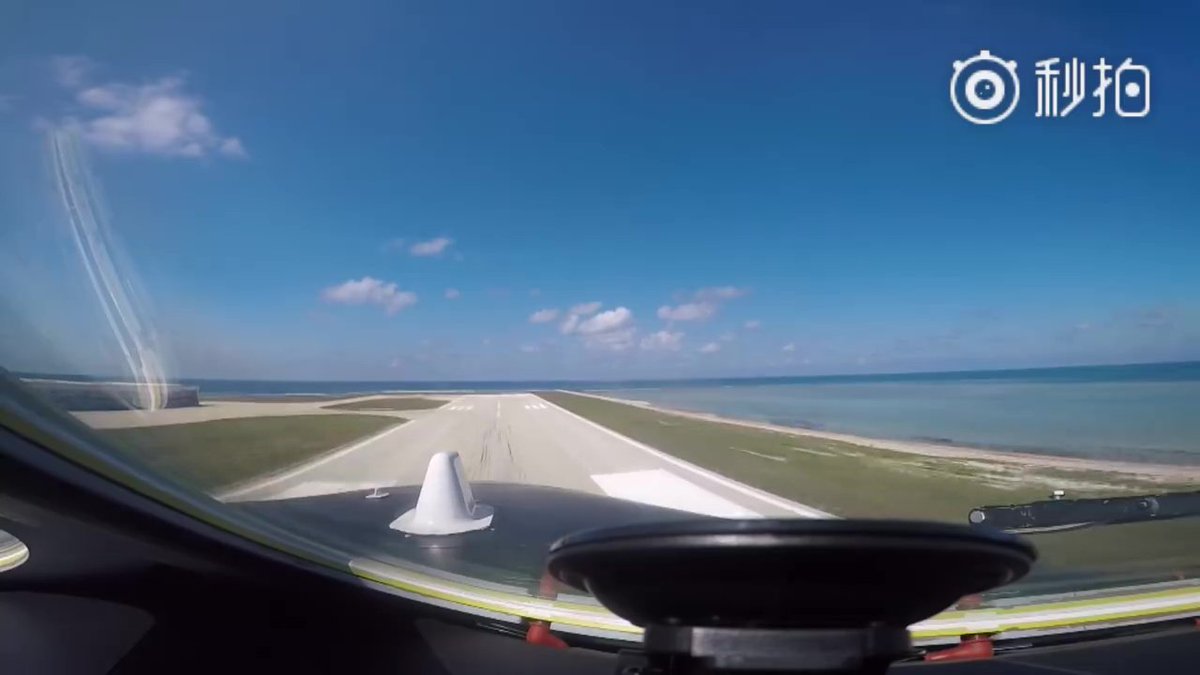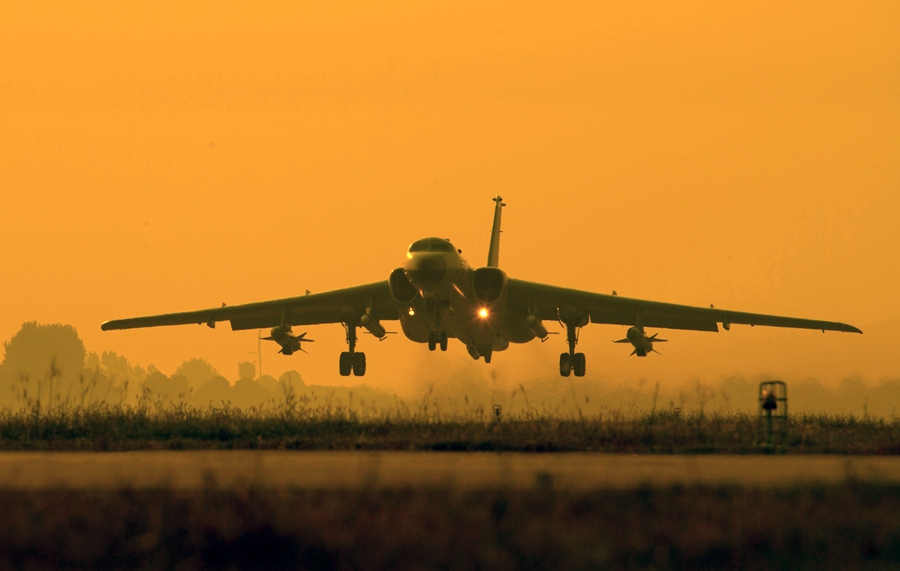Hendrik_2000
Lieutenant General
hey Hendrik...
like that:
huh?
What is this? Lu Kang the foreign ministry spoke person already respond to the question. If they don't heed then the other foot will drop
When asked about the Reuters report of the drilling, China's foreign ministry spokesman said that no country, organisation, company or individual can, without the permission of the Chinese government, carry out oil and gas exploration or exploitation activities in waters under Chinese jurisdiction.
"We urge relevant parties to earnestly respect China's sovereign and jurisdictional rights and not do anything that could impact bilateral relations or this region's peace and stability," the spokesman, Lu Kang, told a regular news briefing on Thursday.
China's U-shaped "nine-dash line" marks a vast expanse of the South China Sea that it claims, including large swathes of Vietnam's Exclusive Economic Zone. Maps of the area indicate the block is around 85 kms (53 miles) inside the contested area.
A series of dashes, the line is not continuous making China's claims often ambiguous. In recent years, though, China has increasingly patrolled and enforced the area, claiming historic rights to the resources and features within it.
In March, Vietnam halted an oil drilling project in the nearby "Red Emperor" block following pressure from China, sources told Reuters.
That block is licensed to Spanish energy firm Repsol, which has asked Vietnam to pay compensation over the issue.
Last edited:





